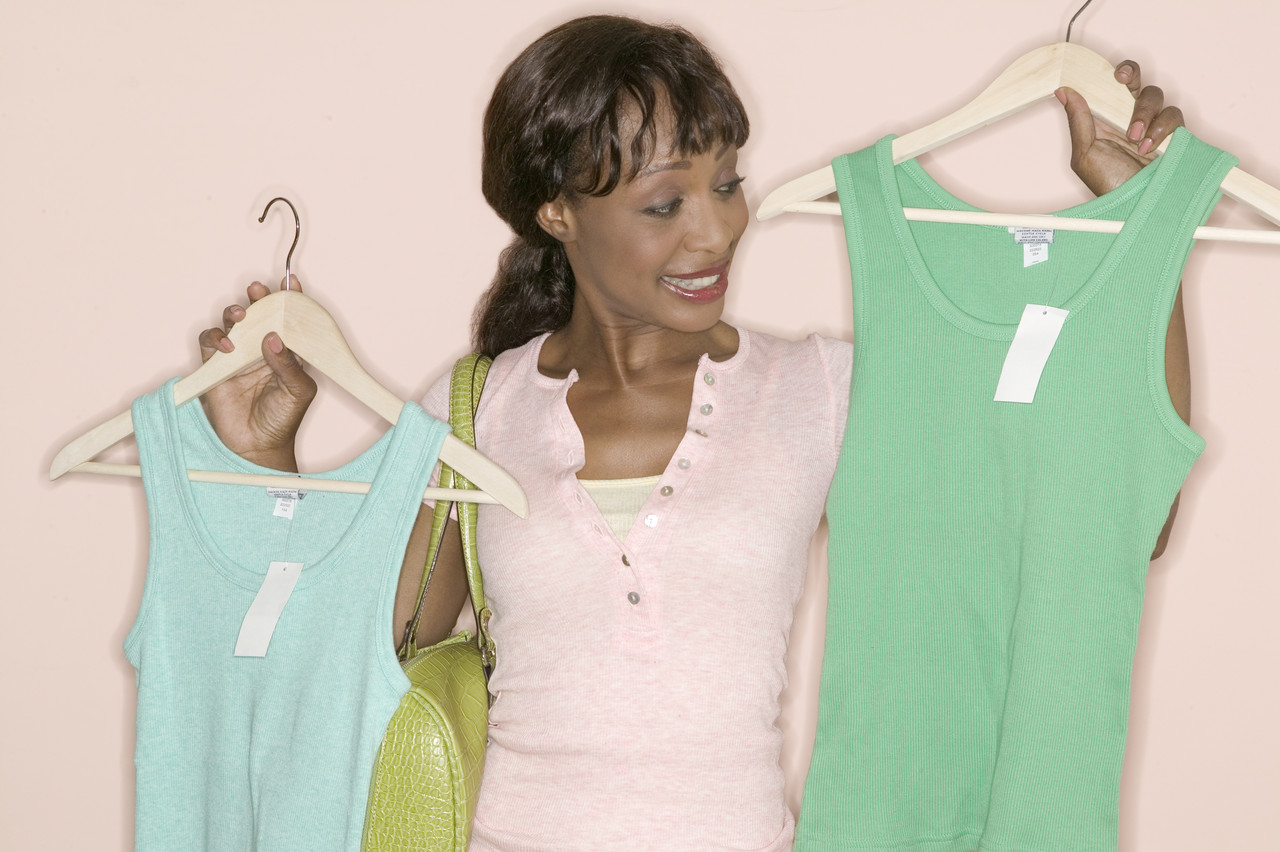The more we learn about brain science, the more we realize that decisions we feel are objective can be influenced by subtle factors we aren’t aware of. Psychologist Daniel Cassanto of the New School for Social Research studies the ways that our manner of physically engaging the world affects our opinions and choices.[1]
For example, when comparing two things side-by-side—job applicants or their resumes, retail products, debate or contest participants—we favor the one on our dominant side. Frankly, I don’t know whether compliance professionals such as advertisers, politicians and ideologues knew this before Dr. Cassanto’s findings became public. But I’m pretty sure that, even if they didn’t, they will now add the phenomenon to their repertoire of mind tricks for influencing our decisions without our knowledge.
Since the majority of us are right-handed, we can expect to see the product they want us to choose on the right in taste tests and other product comparisons. The negotiations that precede political debates may become more complex as they factor in which side of the dais each candidate stands on. I can’t help wondering if the debates, too, will become more complex. Will the candidates change sides half-way through the debate? Will the candidate who appears on the left be allowed to make up for that disadvantage by speaking last?
But even without conscious manipulation of our choices, we naturally face this influence in many contexts. Having read of Dr. Cassanto’s work, I wonder if, when training groups, I tend to view the people who on the right more favorably because I am right handed. When deciding between two brands of appliance, do I gravitate to the one on the right?
Those who wish to increase their objectivity can sometimes reverse the sides on which their choices appear. If I am considering two shirts side-by-side in a store, I can switch them and reconsider before choosing one. A grade school teacher might consider changing the seating arrangement in the classroom from time to time.
Sometimes, however, switching objects isn’t practical. Suppose, instead of two shirts, I am comparing two houses next door to each other. I can’t rearrange the refrigerators on a sales floor. And that grade school teacher might justifiably question whether the increase in objectivity justifies the disadvantages of changing the children’s routine.
I’d like to think that simply being aware of this natural human bias would help us counter it. Moreover, Cassanto has found that dominant side bias can be countered fairly quickly. After doing simple things, like picking up small objects, with their non-dominant hands, test subjects reversed the side they favored. Using the non-dominant hand or foot is good exercise for the brain anyway. So why not try it before finalizing an important choice between two options?
But perhaps the real lesson here is that we can never be sure how objective our choices are. Dominant side bias is only one of many unconscious influences. All the more reason to take our time when making important decisions.
[1] “Right-Hand Man,” Psychology Today, July-Aug 2012

